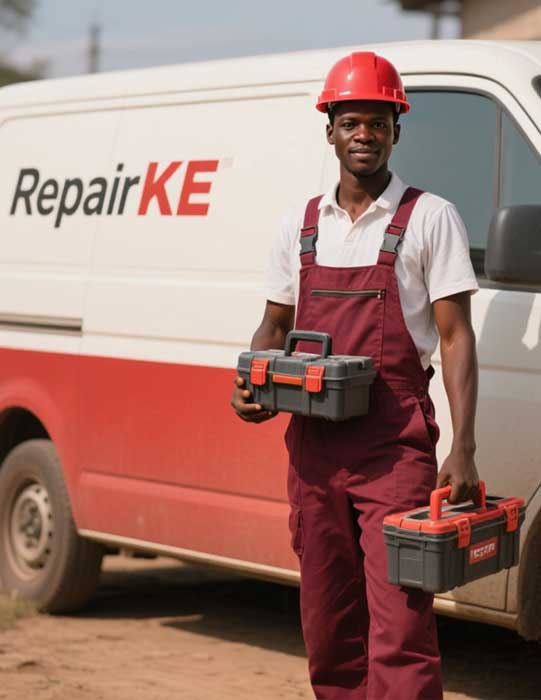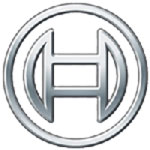
Main Reasons why a Washing Machine Jumps Around Vigorously
Unbalanced Load
One of the most common reasons a washing machine jumps around vigorously is an unbalanced load. When clothes are unevenly distributed in the drum, the machine struggles to maintain stability during the spin cycle. Heavy items like towels, blankets, or jeans can clump together on one side, causing the drum to spin erratically. This imbalance creates excessive vibrations, making the machine shake or even "walk" across the floor. To prevent this, ensure clothes are evenly distributed before starting the cycle. Avoid overloading the machine, and mix heavy and light items to balance the load. If the machine continues to jump, pause the cycle, redistribute the clothes, and restart.
Uneven Flooring or Improper Leveling
Another significant cause of vigorous jumping is uneven flooring or improper leveling of the washing machine. If the machine is not sitting on a flat, stable surface, it can tilt during operation, amplifying vibrations. Uneven floors, common in older homes or poorly installed laundry areas, exacerbate this issue. Additionally, if the machine’s adjustable feet are not properly leveled, it may rock or bounce during high-speed spins. To fix this, use a spirit level to check the machine’s balance. Adjust the feet by turning them clockwise or counterclockwise until the machine is level. Place it on a solid, even surface, and consider using a rubber anti-vibration mat for added stability.
Worn or Damaged Shock Absorbers
Shock absorbers in a washing machine are designed to dampen vibrations during the spin cycle. Over time, these components can wear out or become damaged, especially in older machines or those subjected to frequent heavy loads. When shock absorbers fail, the drum moves excessively, causing the machine to jump or shake violently. Inspecting and replacing worn shock absorbers is a task best handled by professionals, as it requires disassembling parts of the machine. Regular maintenance and avoiding overloading can extend the life of these components. At RepairKE, we recommend annual inspections to catch such issues early and prevent costly repairs.
Faulty or Worn Suspension Springs
Suspension springs support the drum and absorb vibrations during operation. If these springs become worn, loose, or broken, the drum may move uncontrollably, leading to vigorous jumping. This issue is common in top-loading machines but can also affect front-loaders. Signs of faulty springs include loud banging noises or excessive movement during spins. Replacing suspension springs requires technical expertise, as it involves accessing internal components. Regular servicing by RepairKE technicians can identify worn springs before they cause significant disruption. Avoid running the machine with a damaged spring, as it can lead to further damage to the drum or other parts.
Overloading or Underloading the Machine
Overloading or underloading the washing machine can also cause it to jump vigorously. Overloading puts excessive strain on the drum and motor, leading to unbalanced spins and increased vibrations. Conversely, underloading, such as washing a single heavy item, can cause the drum to spin unevenly, resulting in shaking. Follow the manufacturer’s guidelines on load capacity, typically indicated in the user manual. For optimal performance, fill the drum to about three-quarters of its capacity, ensuring a mix of heavy and light items. This practice minimizes vibrations and prolongs the machine’s lifespan.
Damaged or Loose Drum Bearings
Drum bearings allow the washing machine’s drum to rotate smoothly. If these bearings become worn or damaged, the drum may wobble or spin irregularly, causing the machine to jump. Symptoms include loud grinding noises or excessive shaking during spins. Replacing bearings is a complex repair that requires professional intervention. At RepairKE, our technicians use specialized tools to diagnose and fix bearing issues efficiently. Regular maintenance and avoiding overloading can help prevent premature bearing wear, ensuring your machine operates smoothly for years.




